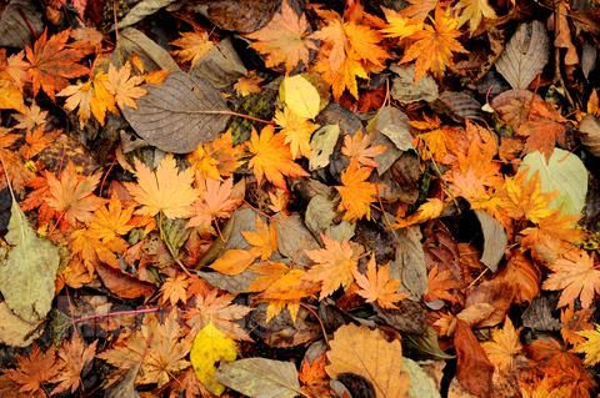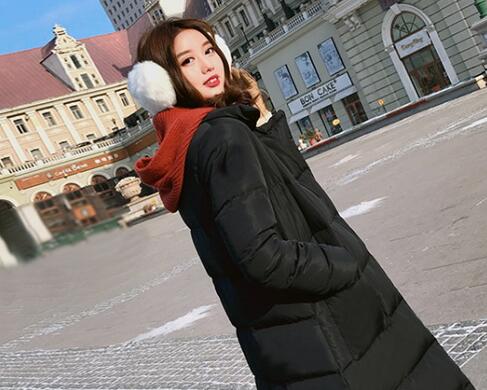
一小段北京的英文导游词
这个里面有很多,你可以挑一下
急
简单的介绍风景英文导游词。
北京(颐和园英文导游词) Ladies and Gentlemen: Welcome to the Summer Palace. (After the self-introduction of the guide -interpreter) I hope this will be an interesting and enjoyable day for you. During our tour, you will be introduced to time honored historical and cultural traditions, as well as picturesque views and landscapes. The construction of the Summer Palace first started in 1750. At that time, the Qing Dynasty was in its heyday and China was a powerful Asian country with vast territories. The monarch in power then was Emperor Qianlong. With supreme power and large sums of money, he summoned skillful and ingenious artisans from all over the country to carry out this construction work in honor of his mother's birthday. After 15 years and one seventh of the nation's annual revenue spent, the Garden of Clear Ripples was completed and served as a testimony to China's scientific and technological achievements. In 1860, this vast royal garden was burnt down along with the Yuanming Yuan (Garden of Perfection and Brightness) by Angol-French allied forces. In 1888, Empress Dowager Cixi reconstructed the garden on the same site and renamed it the Garden of Nurtured Harmony (Summer Palace). Characterized by its vast scope and rich cultural embodiments, the Summer Palace has become one of the most famous tourist sites in the world.
长城的导游词英文的10句左右
China's Great Wall is in the human history of civilization the greatest architectural engineering. It located at China's capital Beijing. He is China is most famous, greatest construction. The Great Wall is the miracle which our country ancient times the working people created. Starts from the Warring States time, constructs Great Wall has been a big project. It has 6700 kilometers. Our country ancient times millions of working people have contributed the wisdom for it, has drained away the blood and sweat, causes it to become a world big miracle. Therefore said that the Great Wall is China's symbol
高中英文导游词作文一百词左右
Ladies and Gentlemen: I am pleased to serve as your guide today. This is the palace museum; also know as the Purple Forbidden City. It is the largest and most well reserved imperial residence in China today. Under Ming Emperor Yongle, construction began in 1406. It took 14years to build the Forbidden City. The first ruler who actually lived here was Ming Emperor Zhudi. For five centuries thereafter, it continued to be the residence of23 successive emperors until 1911 when Qing Emperor Puyi was forced to abdicate the throne. In 1987, the United Nations Educational, Scientific and Cultural Organization recognized the Forbidden City was a world cultural legacy.
跪求导游欢迎词,英文版
经典点的
长城东西南北交错,绵延起伏于我们伟大辽阔的土地上。
它好像一条巨龙,翻越巍巍群山,穿过茫茫草原,跨过浩瀚的沙漠,奔向苍茫的大海。
根据历史文献记载,有20多个诸侯国家和封建王朝修筑过长城,若把各个时代修筑的长城加起来,大约有10万里以上。
其中秦、汉、明3个朝代所修长城的长度都超过了1万里。
现在我国新疆、甘肃、宁夏、陕西、内蒙古、山西、河北、北京、天津、辽宁、吉林、黑龙江、河南、山东、湖北、湖南等省、市、自治区都有古长城、烽火台的遗迹。
其中仅内蒙古自治区的长城就达3万多里。
长城位于我国的北部,它东起河北省渤海湾的山海关,西至内陆地区甘肃省的嘉峪关。
横贯河北、北京、内蒙古、山西、陕西、宁夏、甘肃等七个省、市、自治区,全长约6700公里,约13300里,在世上有“万里长城”之誉
北京天坛导游词
各位游客,你们好!今天我们要参观的是以前皇帝祭天的地方——天坛。
天坛是明朝建成的祭天圣坛,主建筑是大祀殿,也就是今天的祈年殿。
天坛有外坛墙和内坛墙,北圆南方,寓意天圆地方。
乾隆年间,将大祀殿改为现在的祈年殿,将屋顶瓦片改成蓝色的琉璃瓦,形成了今天我们看到的这个世界上最大的祭天建筑群。
这一祭天圣地,在1860年遭到了的洗劫,1900年又遭到的蹂躏。
以后,这里成了著名的旅游景点,来这里的除了旅游者,还有很多健身的人们。
现在就让我们沿着当年皇帝登坛的路线开始游览。
现在我们是沿着天坛建筑的中轴线在向南行进,将要看到的就是古代皇帝祭天的圜丘坛。
圜丘有两道围护墙,外方内圆,符合天圆地方的说法。
每道墙都有四组门,大家可以注意到,门的大小都不一样,这是因为中门是上帝专用的,所以高大;皇帝只能从左侧的门进入;而其他的官员只能从右边最小的门通过。
来到圜丘坛下,我们马上要开始登坛了,不过要请您留心数一数,每层坛面都有多少台阶。
到了最高层,大家会发现,坛上所有的台阶数,都是九或者九的倍数。
这些难道都是巧合么?当然不是,因为古人认为九是极阳数,所以工匠们便用这个数字来赋予圜丘坛“崇高”之意。
说完了神坛的奇妙,我再给您介绍一下祭天大典的盛况。
到了每年的冬至,皇帝就要在这里祭天。
在这个典礼上,需要特别提到的是皇帝恭读祝文所站立的地方,就是这块天心石。
它是天坛三大声学现象之一。
在这里朗读的时候声音特别洪亮,各位游客不妨体验一下,也像当年的皇帝一样,向上天诉说自己美好的愿望。
现在咱们继续沿着中轴线行走,面前的建筑叫做天库,它的正殿就是皇穹宇。
皇穹宇三个字也分别代表了“至高无上”“天”“宇宙”的意思,更加显示出它的神圣和至尊。
这组建筑不仅十分精美,而且还有回音壁和三音石,这和刚才我们说的“天心石”合称天坛三大声学现象。
回音壁就是皇穹宇的外墙,围墙十分平滑,可以传声,在传递途中对声音损失极小,只要对着墙说话,就算相隔四五十米,见不到面,都可以清晰地听到对方说话。
三音石是皇穹宇大殿正前方的三块石头,您站在第一块石头上拍手可以听到一次回音,站在第二块石头上拍手可以听到两次,而站在第三块石头上拍手就可以听到三次回音,所以称为三音石。
在游览过了圜丘坛和皇穹宇之后,我们即将走进祈谷坛了,祈谷坛的主体建筑就是祈年殿,祈年殿是一座极具中国特色的独特建筑。
圆形尖屋顶是用蓝色的琉璃瓦覆盖,以此来象征天。
和每年的祭天一样,这里是用来祈谷的地方。
在祭祀的当天,有乐队在殿外月台上奏乐,身穿祭服的皇帝虔诚步入神殿,向牌位行大礼,祈祷上苍,然后把供品送到祈年门外焚烧,送上天宫。
现在我们从祈谷坛的东门出来,可以看到一条长廊,是祭祀时运送祭品的通道。
今天的观光游览就要结束了,在天坛的这段时光希望能成为您北京之游中的永恒记忆。
同时也请您把天坛的祝福带给您的家人朋友。
参考资料:地图团祝您一帆风顺。



